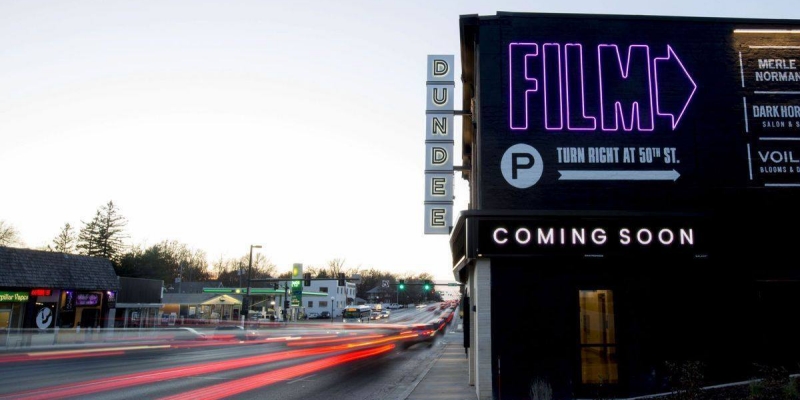

1. Great design needs to include a smart logo and/or copy.
These are vertically oriented signs. Keep in mind your logo and/or name needs to be purposely designed to be vertical. Not all names/logos work well on this type of sign. Try the graphics a few different ways, maybe making visitors turn their head sideways to read isn’t the best…but maybe it is?
2. Double the sides, double the fun.
The return on investment for this type of sign is great just due to the fact that you are able to represent your brand on BOTH sides, from two directions. Keep this in mind with your client’s logo/name/graphics.
3. Keep visibility at the forefront.
This type of sign naturally has a great viewing distance, due to the projection of it and it’s raised elevation. Thus, copy and graphics may need to be larger in size so it can be properly viewed at the distance it needs to be.
4. Installation is key. Hire a great team.
This can be a little trickier but with proper planning it’ll be a breeze. Depending on the size, the mounting must tie into the building structure. This is due to the nature of this type of sign, wind load effects projecting signs differently because it effects both sides. Brackets and bracing need more attention and reinforcement than other types of signs.
Installation and busy streets, blocking streets in busy suburban. With great planning and coordination the onsite install is typically quick with mounting templates and anchor bolts.

*Special “thanks” to ASI Signage, New Orleans and ASI Signage, Latimer Group for sharing their install pictures with us!